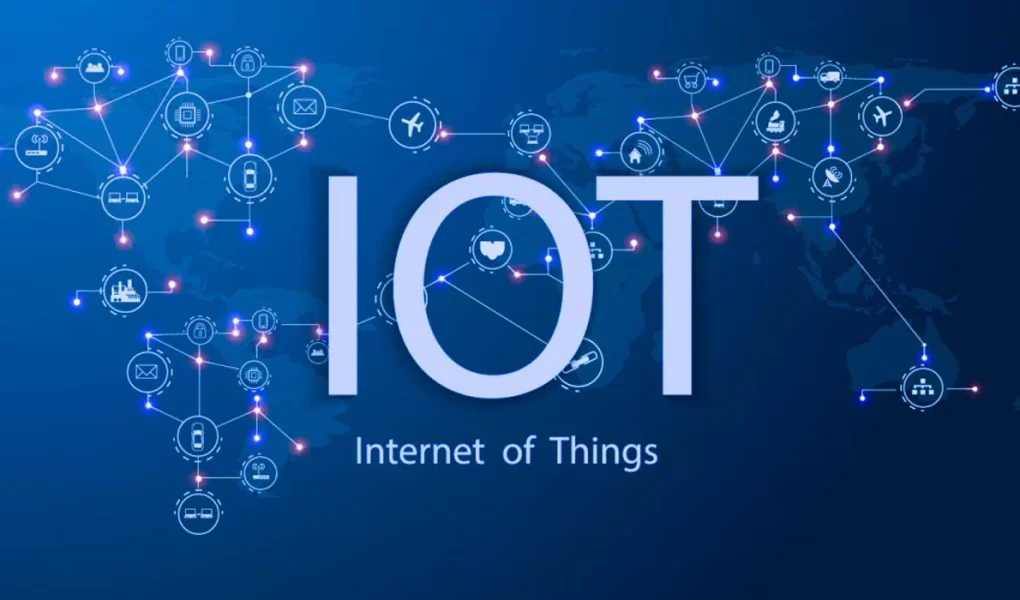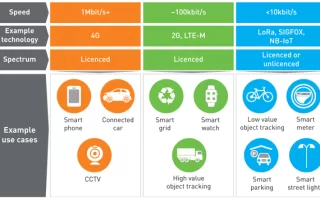The fascinating world of IoT, where everyday objects are becoming more thoughtful, connected, and capable of transforming our lives. The Internet of Things has rapidly emerged as a game-changer in technology, revolutionizing industries across the globe. But what exactly is IoT? And how does it work? We will dive deep into the four core systems that power IoT technology, explore their functionalities, and uncover real-world applications.
What is the Internet of Things (IoT)?
The Internet of Things, often referred to as IoT, is a network of interconnected devices that communicate and exchange data with each other without human intervention. It encompasses various objects – everyday household items like smart speakers and thermostats to industrial machinery and vehicles. These “smart” devices have sensors, software, and connectivity capabilities to collect and transmit data over the Internet. One key aspect of IoT is its ability to gather vast amounts of data from various sources. This data can include anything from temperature readings collected by environmental sensors to user behavior patterns captured by wearable devices.
The Four Core Systems of IoT Technology
Sensing and Communication System
The Sensing and Communication System is the foundation of any IoT solution. It involves using sensors to gather data from the physical environment, such as temperature, humidity, or motion. These sensors are connected to a network that enables them to transmit this data in real-time. Various wireless technologies are used, including Wi-Fi, Bluetooth, and even cellular networks. This allows for seamless connectivity between devices and ensures that the data collected can be transmitted quickly and efficiently. One key aspect of this system is the ability of sensors to autonomously detect changes in their environment and trigger actions accordingly. For example, a smart thermostat may sense when no one is home and adjust the temperature accordingly to save energy. Another essential feature of this system is its scalability. With IoT technology becoming more prevalent in industries such as healthcare and manufacturing, there is a need for large-scale deployment of sensors across different locations. The sensing and communication system must handle a high volume of data from multiple sources simultaneously.
Network Infrastructure System
The Network Infrastructure System plays a crucial role in the functioning of IoT technology. It provides the backbone for connecting various devices and enabling seamless communication. In simple terms, this system comprises the hardware, software, and protocols that allow devices to connect and transmit data securely over networks. It includes routers, gateways, switches, and protocols like TCP/IP. One key aspect of the network infrastructure system is its ability to handle large amounts of data traffic efficiently. With billions of connected devices expected soon, it is essential to have robust networks that can handle this massive influx of data without any disruptions or bottlenecks.
Data Processing and Management System
This system encompasses various components that enable seamless data collection from sensors and other devices. These components include gateways, cloud platforms, and edge computing systems. They work together to ensure that data is efficiently captured from multiple sources. Once collected, the next step is processing this abundance of data. Algorithms are employed to analyze and extract valuable insights from raw information. This allows for real-time monitoring of different parameters or conditions. Effective management of this deluge of information becomes paramount. Storage systems like databases or distributed file systems store and organize the processed data for future use.
Application and Service System
The application and service system is the final core component of IoT technology. This system is responsible for delivering value to end-users through various applications and services that are built on top of the data collected and processed by the previous systems. Applications in the IoT space can range from simple mobile apps that allow users to control their smart home devices to complex enterprise solutions that enable businesses to optimize their operations based on real-time data insights. These applications rely on a robust infrastructure, including cloud computing platforms, databases, and analytics tools, to process and analyze large volumes of data generated by IoT devices.
How These Systems Work Together to Create IoT Solutions
The beauty of the Internet of Things lies in its ability to seamlessly connect various systems and devices, creating a network that can gather and analyze data in real-time. At the heart of this interconnected web are four core systems: Sensing and Communication, Network Infrastructure, Data Processing and Management, and Application and Service. Let’s start with the Sensing and Communication system. This is where sensors come into play, collecting data from the environment or specific devices.
Real-World Applications of IoT Technology
IoT technology has become increasingly prevalent in various industries, revolutionizing our lives and work. From smart homes to industrial automation, here are just a few examples of real-world applications that highlight the power and potential of IoT. These devices play a crucial role in remote patient monitoring. These devices can collect vital signs and transmit them to healthcare providers in real-time, enabling timely interventions and improving patient outcomes. Wearable fitness trackers have gained popularity among individuals who want to monitor their health and wellness goals. Smart cities leverage IoT technology to improve efficiency and sustainability.
Challenges and Concerns Surrounding IoT
One primary concern surrounding IoT is data security and privacy. With billions of devices connected, the volume of data generated is staggering. This raises concerns about how this data is collected, stored, and used. There have been instances where unauthorized access to sensitive information has occurred, highlighting the need for robust security measures. Another challenge lies in interoperability and standardization. As more devices enter the market from different manufacturers with varying protocols, ensuring seamless communication between them becomes a complex task. With proper standards, integrating diverse systems can become manageable and allow the widespread adoption of IoT solutions. Scalability poses a significant challenge for IoT deployments.





